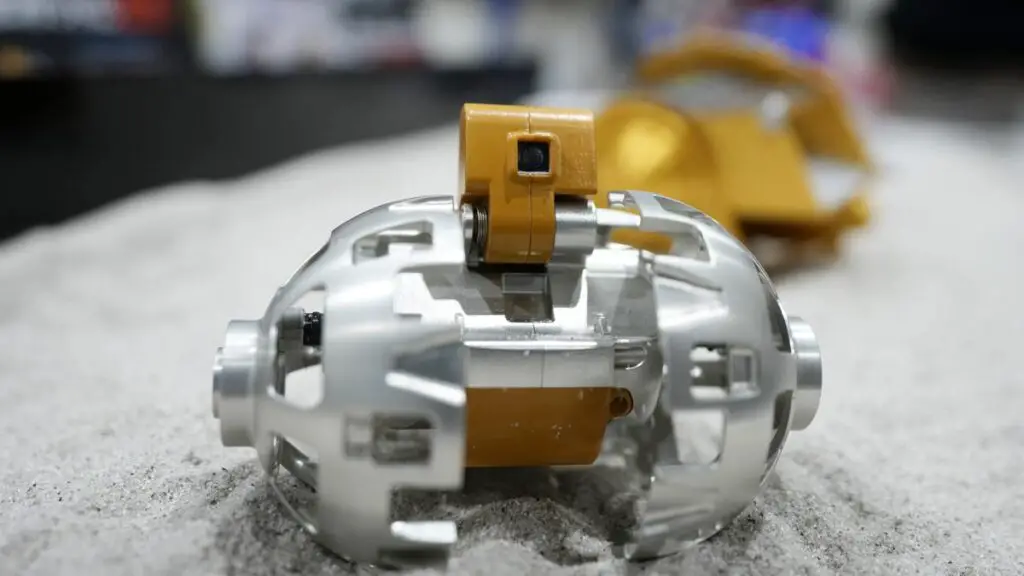Japan’s Precision Moon Landing Mission
On January 19, 2024, Japan’s spacecraft, the Smart Lander for Investigating Moon (SLIM), was en route to make a “precision” landing on the Moon. This mission aimed to make Japan the world’s fifth country to achieve a moonshot, revitalizing its space program that has faced recent setbacks.
JAXA, the Japan Aerospace Exploration Agency, detailed that SLIM would begin an autonomous 20-minute descent from 15 km (9 miles) above the Moon’s surface at midnight on Saturday. The mission, dubbed the “Moon sniper”, had the goal of landing within 100 meters (328 feet) of its target, a significant improvement over the conventional accuracy of several kilometers.
This precision landing technology is essential for future exploration of hilly Moon poles, viewed as a potential source of oxygen, fuel, and water necessary for life sustainability.
Importance of Japan’s Moon Landing Mission
The success of Japan’s SLIM mission carries global significance, as it highlights Japan’s commitment to playing a larger role in space exploration, including partnering with the United States to counter China. Japan is also home to several private-sector space start-ups and aims to send an astronaut to the Moon as part of NASA’s Artemis program in the coming years.
JAXA will broadcast the SLIM touchdown on its YouTube channel, with the verification process expected to take up to a month.
Challenges and Setbacks
While Japan’s space ambitions are commendable, the country has faced setbacks in rocket development, including the launch failure of its new flagship rocket H3. This failure caused widespread delays in Japan’s space missions, impacting SLIM and its joint lunar exploration with India.
Additionally, Japan’s previous successful landings on small asteroids do not diminish the difficulty of a Moon landing, particularly due to the Moon’s gravity. Notably, three lunar missions by Japanese start-up ispace, Russia’s space agency, and American company Astrobotic have failed in the past year.
Impact and Future Endeavors
Once SLIM successfully lands, it will deploy two mini-probes—a hopping vehicle and a wheeled rover—to capture images of the spacecraft and analyze Moon rocks. The success of SLIM’s precision landing is expected to elevate Japan’s technological prowess in the global stage, according to Ritsumeikan University professor Kazuto Saiki who developed the near-infrared camera for SLIM.
At present, only four nations—Soviet Union, United States, China, and India—and no private company have achieved a soft landing on the Moon’s surface, underscoring the significance of Japan’s ambitious mission.
Conclusion
Japan’s mission to achieve a precision landing on the Moon represents an important milestone in space exploration, showcasing the country’s dedication to technological advancement and global collaboration. As the world eagerly awaits the outcome of the SLIM mission, Japan’s efforts in the realm of space exploration are set to inspire future endeavors and partnerships.

